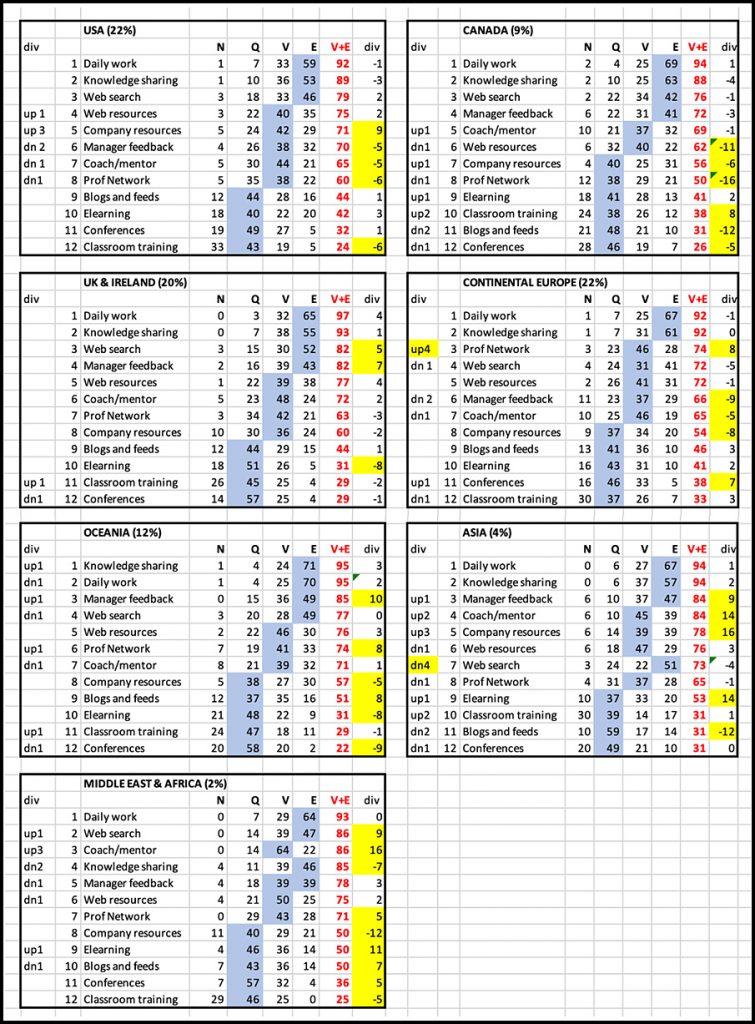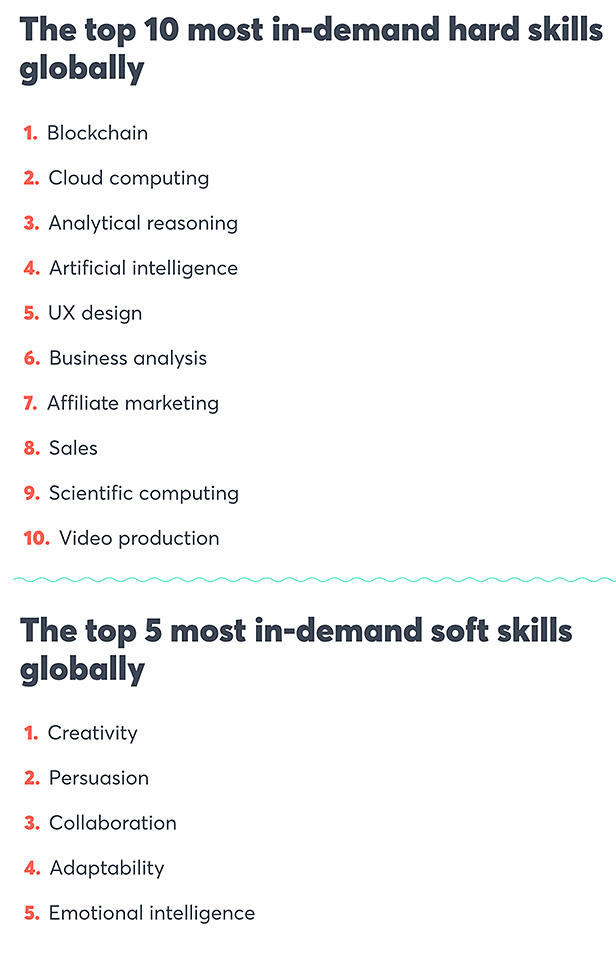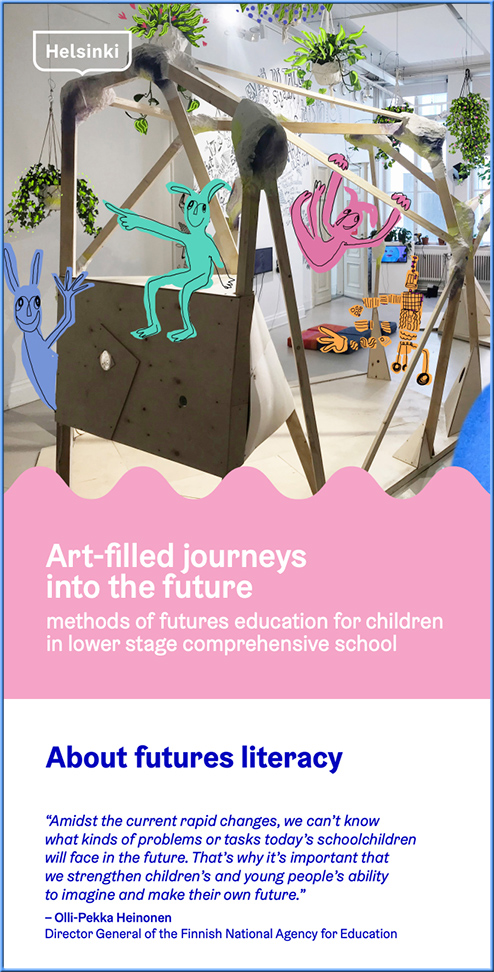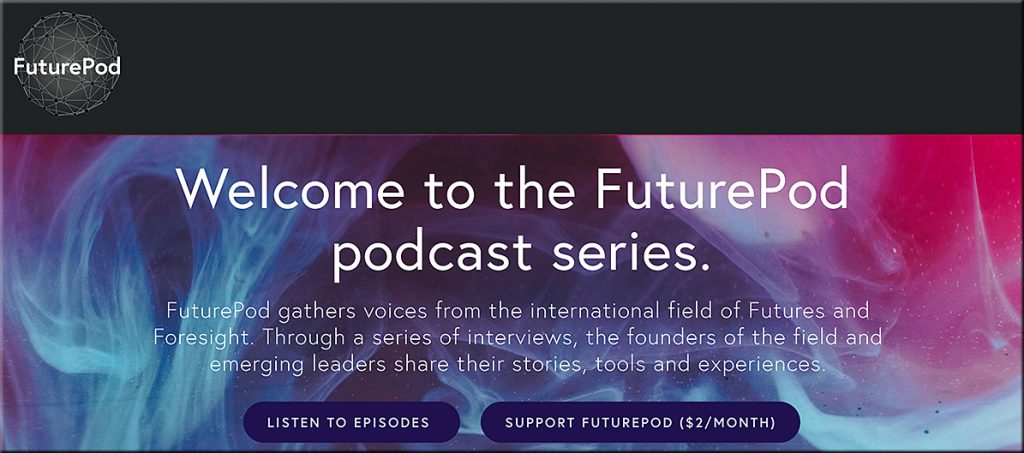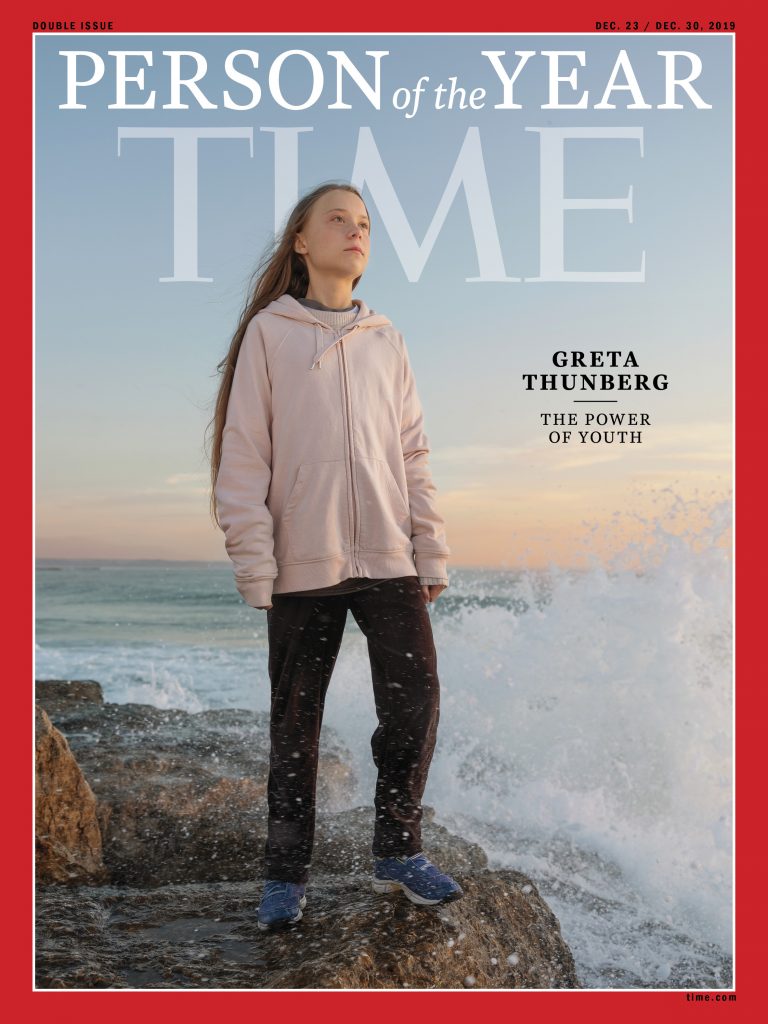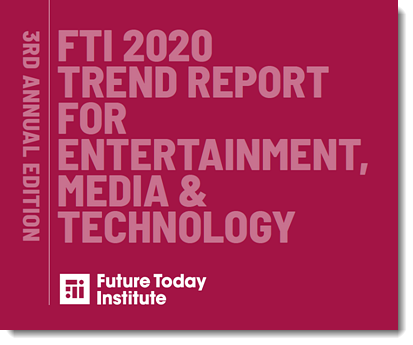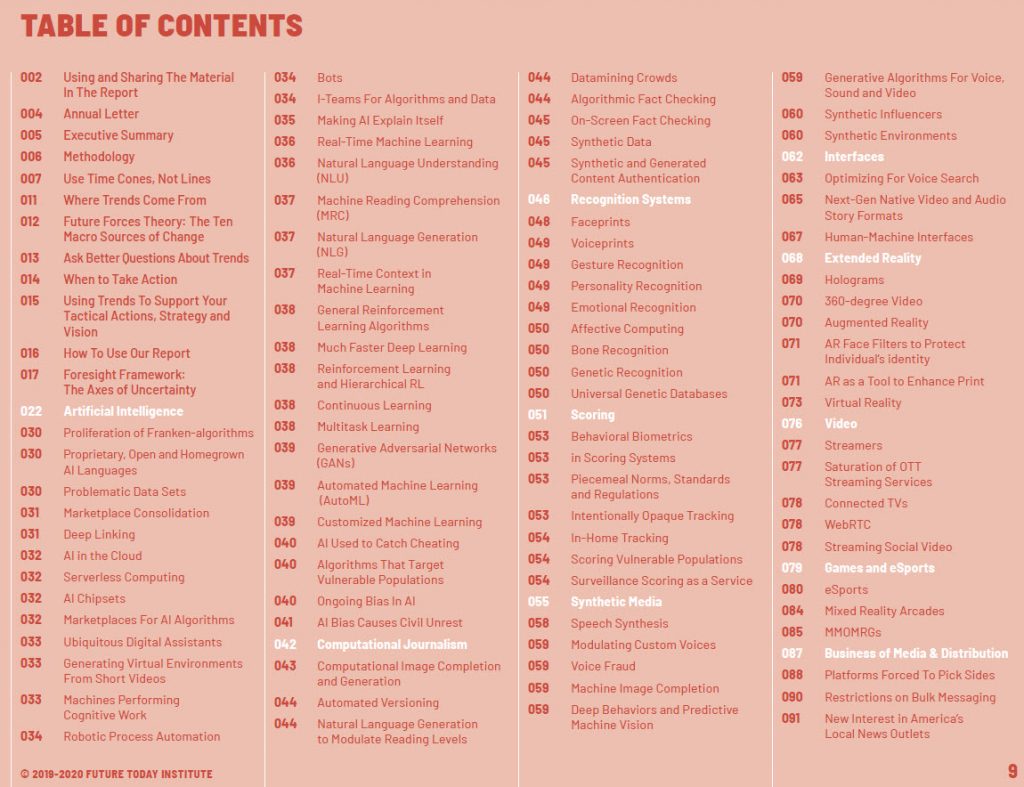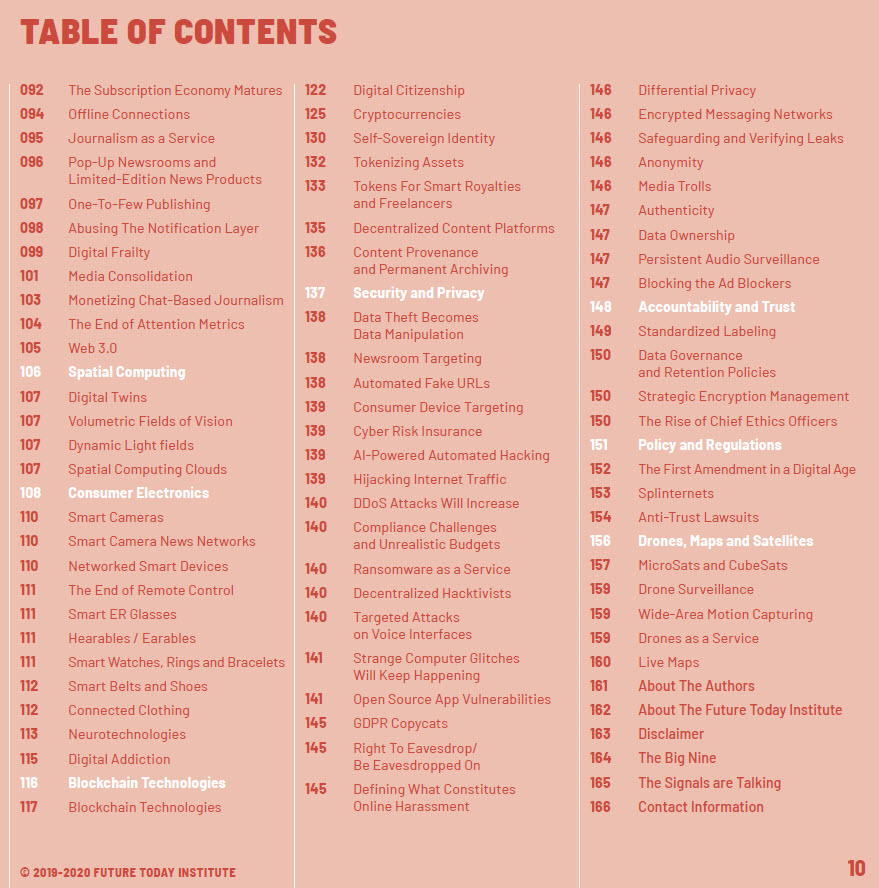Johns Hopkins dashboard maps global coronavirus cases — from campustechnology.com by Rhea Kelly
Excerpt:
The Center for Systems Science and Engineering at Johns Hopkins University has developed an interactive, web-based dashboard that tracks the status of COVID-19 around the world. The resource provides a visualization of the “location and number of confirmed COVID-19 cases, deaths and recoveries for all affected countries,” according to a university blog post.
CDC issues COVID-19 guidance to higher ed — from campustechnology.com by Dian Schaffhauser
Excerpt:
The Centers for Disease Control and Prevention have issued interim guidance for higher education administrators on how to respond to coronavirus (COVID-19). It’s intended to prevent “community spread” of the virus in two ways: by telling colleges and universities how to keep students, staff and faculty safe and by providing information to academic experts who may be called upon by local health departments for help. The guidance is also intended to assist administrators in planning “for the continuity of teaching, learning and research” if COVID-19 shows up locally and to reduce the stigma attached to the illness for those who have been affected.
COVID-19 resources as listed out on Educause
Excerpt:
COVID-19, or Coronavirus 19, is a respiratory disease caused by a novel (new) coronavirus. This virus has been detected in the United States (CDC, COVID19 Summary). For further information concerning the source and spread of the disease, please see the WHO and CDC sites listed below.









